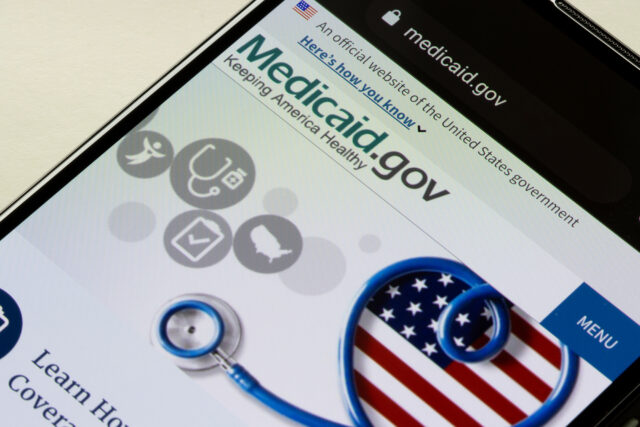
Would Auto-IRAs Affect How Low-Income Households Cope with Emergency Expenses?
Abstract
State auto-IRA initiatives provide coverage to workers without an employer-sponsored retirement plan. These workers tend to have lower incomes and often have limited savings to cope with emergency expenses. Hence, the auto-IRAs also serve a secondary purpose – precautionary savings that can help workers avoid credit cards, payday loans, or other high-cost forms of borrowing. However, a number of factors may prevent households from tapping auto-IRAs during an emergency – a desire to leave retirement savings intact, worries about taxes and penalties, and administrative hassles associated with withdrawals.
Using a randomized survey experiment, this paper examines workers’ willingness to use auto-IRAs as precautionary savings, as well as potential deterrents. The results show that only around 10 percent of households would tap a (hypothetical) auto-IRA account to cover a $400 emergency expense. A desire to preserve retirement savings and concerns about the financial costs of withdrawals are the two most cited reasons for not planning to tap the accounts. Framing the accounts as easily accessible alleviates some concerns about taxes and improves respondents’ subjective financial well-being; nevertheless, many are still worried about the tax implications of withdrawing funds. These results suggest that uncovered workers may be more likely to participate in auto-IRAs if they better understood the program’s Roth design.







